Home Page: Uptown International School
Tag Archives: D3
- Home
- Posts tagged "D3" (Page 7)

Methods of Building Measurement
Inspired by Lord Kelvin’s “If you can not measure it, you can not improve it” and Peter Drucker’s adage “If you can’t measure it, You can’t improve it” and W. Edwards Deming’s counter-argument — “It is wrong to suppose that if you can’t measure it, you can’t manage it – a costly myth.” we present the standards catalog of the Building Owner’s Management Association:
BOMA Area Measurement Standards Timeline 1915-2021
At the moment all titles in this catalog seem to be stabilized although a great deal of economic activity in the commercial real estate market involves adjustment to the circumstances of the pandemic. Largely because a sizeable portion of square footage in every school district, college, university and university-affiliated healthcare research and clinical delivery system derives at least part of its funding from governments at all levels there are workgroups devoted to measuring square footage and documenting its use. For example:
Space Management: University of Oklahoma
Space Management: Texas A&M University-San Antonio
Space Management Policy: University at Buffalo
Getting square-footage right is essential for securing an organization’s sustainability and “green” claims for example. The links in previous posts provide for information about future public consultations.
We maintain the BOMA catalog on the agenda of our Space Planning, Hammurabi and Architectural colloquia, hosted 6 to 8 times annually. See our CALENDAR for the next online meeting, open to everyone.
Posted March 20, 2021
We drill into the specifics commonly found in education communities: sub-lease of space to private industry in publicly-owned facilities. The Building Owners and Managers Association International is an ANSI-accredited consensus standard developer and revised its standard — BOMA Z65.5 Retail Properties: Standard Method of Measurement. Measuring the area of a retail building can quickly become complex when variables must be considered such as ancillary space, mezzanines and storefront lease lines. Many large research universities have long since leased space within many of their building envelopes for private industry to service their communities — student unions, hospitals, dormitories and athletic venues, for example. From the project prospectus:
Z65.5 is intended exclusively for retail properties and their associated structures and may be applied to single-tenant, multi-tenant or multi-building configurations. It features a single method of measurement, with two levels of measurement data, known as Partial Measurement and Overall Measurement for retail properties. It does not measure sidewalks, surface parking, drainage structures, or other ancillary site improvements. This standard is chiefly designed to generate Gross Leasable Area figures, a key metric in retail leasing; however, it also produces area figures which may be of interest to those examining space utilization, valuation, benchmarking, and the allocation of building expenses to various cost centers. The scope of this standard is not intended to be submitted for consideration as an ISO, IEC, or ISO/IEC JTC-1 standard.
Public consultation is open until February 8th.
You may obtain an electronic copy from: floorstandards@boma.org. Send comments (with optional copy to psa@ansi.org) to: floorstandards@boma.org. We encourage user-interest subject matter experts in education facility management to participate directly in the BOMA standards development process by communicating directly with Tanner Johnson at BOMA (tjohnston@boma.org) or 202-326-6357 for more information.
We keep the BOMA catalog on the standing agenda of our colloquia devoted to building construction best practice. See our CALENDAR for the next online meeting; open to everyone.
Issue: [14-117]
Category: Architectural, Facility Asset Management
Colleagues: Jack Janveja, Richard Robben
More
Carnegie Classification of Institutions of Higher Education
Posted February, 20 2020
The Building Owners and Managers Association International (BOMA) is an ANSI-accredited consensus standard developer. BOMA has initiated the process of revising its real property measurement standard — BOMA Z65.2 For Industrial Buildings: Standard Methods of Measurement. The primary objectives of this standard are:
– To promote an unambiguous framework for determining the areas of Industrial Buildings with a strong focus on Rentable Area calculations;
– To facilitate transparency and clear communication of building measurement concepts among all participants in the commercial real estate
industry;
– To allow a comparison of values on the basis of a clearly understood and generally agreed upon method of measurement; and
– To align concepts and measurement methodologies with the International Property Measurement Standards: Industrial Buildings (January 2018)
document.
Comments due March 15th
Click here to view these changes in full (Page 2)
Send comments (with optional copy to psa@ansi.org) to: tjohnston@boma.org
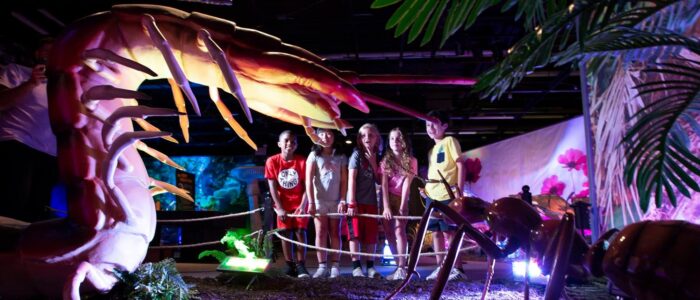
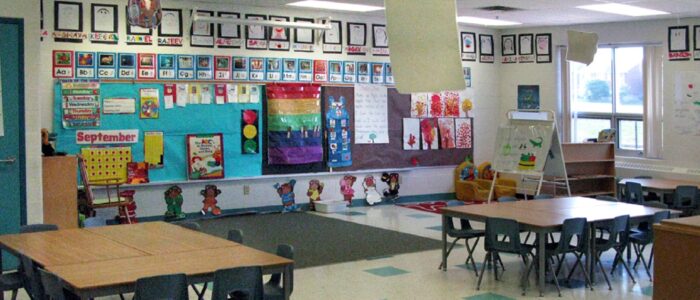
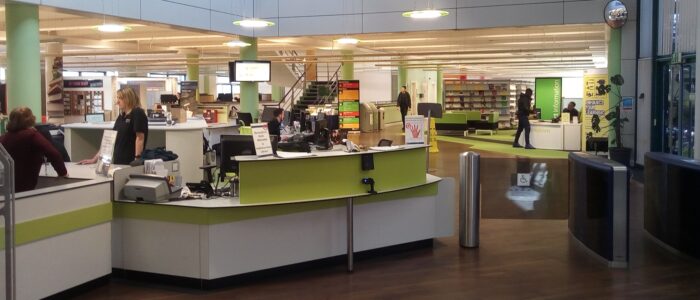
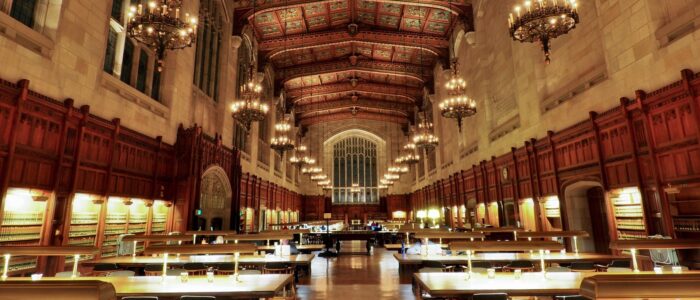
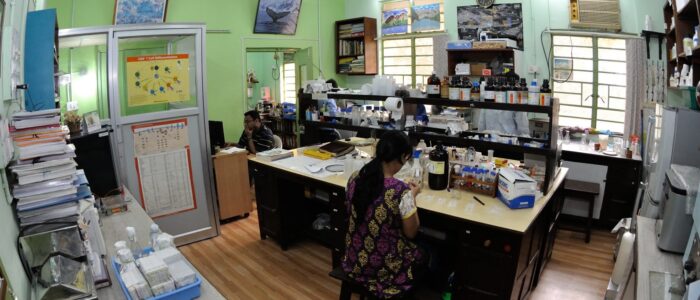
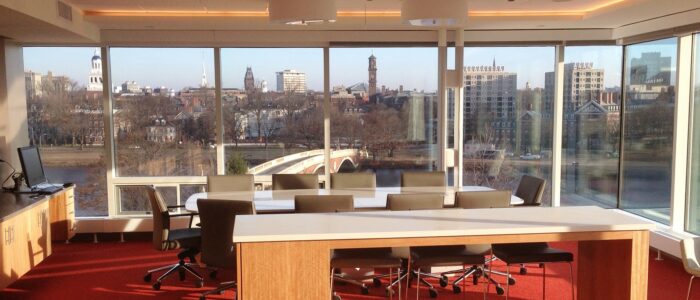
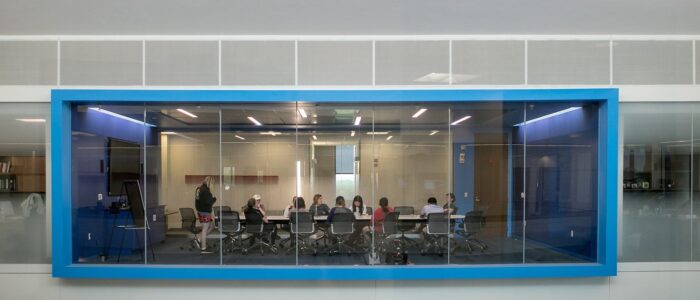
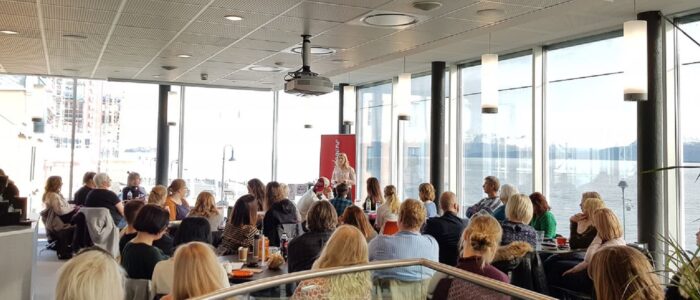
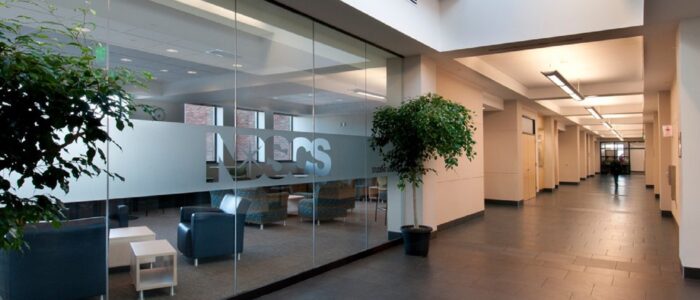
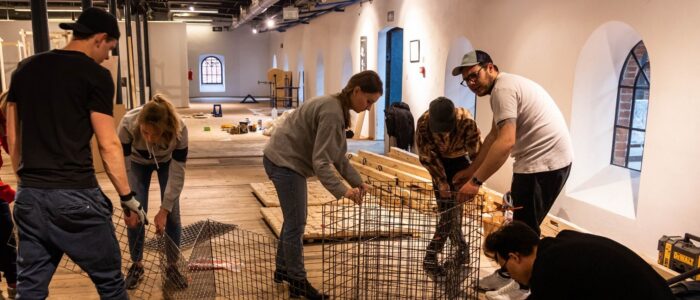
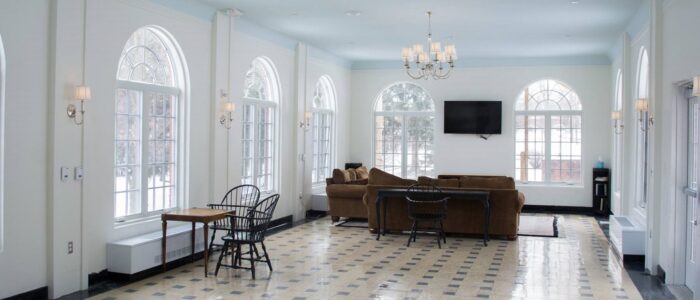
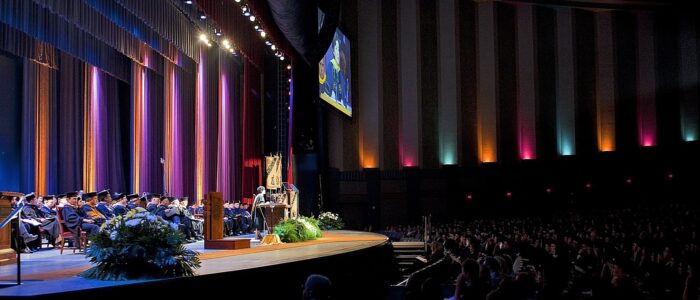

Standards Michigan follows, but d0es not advocate in most of the BOMA standards suite for the following reasons:
- Educational facility occupancies are fairly well accounted for in existing federal and state regulations
- Advocacy in energy-related best practice titles are a better use of resources at the moment.
We encourage user-interest subject matter experts in education facility management to participate directly in the BOMA standards development process by communicating directly with Tanner Johnson at BOMA (tjohnston@boma.org) or 202-326-6357 for more information.
We maintain the entire BOMA suite on our periodic Model Building Code colloquia. See our CALENDAR for the next online meeting; open to everyone.
Issue: [15-200]
Category: Architectural, Space Plaaning, Facility Asset Management
Colleagues: Jack Janveja, Richard Robben
LEARN MORE:
Facilities Information Management
Guideline for Square Footage Requirements for Educational Facilities
Guide to School Site Analysis and Development
5.18.20
Water Management
Best is water
— Pindar 476 B.C.
The American Water Works Association (AWWA) has an extensive catalog that sets the standard of care for water quality and piping systems running through all communities.
Download: Full List of AWWA/ANSI Standards
We approach them from the point of view of education communities; some with agriculture, vast hospital systems heavily dependent upon a higher level of water quality and district energy plants. Like most every technology in the United States, water issues enliven political discourse. Essential features of water supply — such as backflow protection, separation, piping systems to playground water fountains, etc. — are subordinated to fury over to access and tariff issues. For the moment we steer away from them.
The landing page for the AWWA standardization enterprise is linked below:
The original University of Michigan standards advocacy enterprise engaged in some back-and-forth with the backflow and cross-connection technical committees. It found ambiguity in the language found in AWWA C510-C511-C512 covering reduced pressure zone (RPZ) values that caused some education facility units to over-specify RPZ valves for all facility classes. Many research universities have enterprises that create toxic water waste which must be blocked from entering the municipal water supply. Some of that back-and-forth is recounted in the workspace linked below.
We found that minimum requirements for backflow prevention technology was easier managed at state level plumbing safety administrative boards.
Several AWWA standards are now open for public review; AWWA G430 Security Practices for Operation and Management among them. We point you toward them; though, in the interest of resource conservation, we will follow but not advocate user-interest in this product at the moment. It appears to have stabilized compared with other standards in the water safety domain (though that could change).
Comments due August 9th.
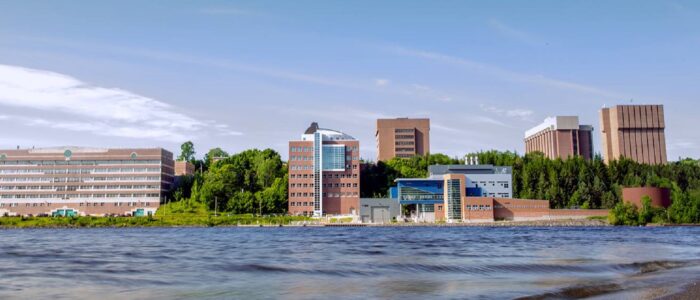
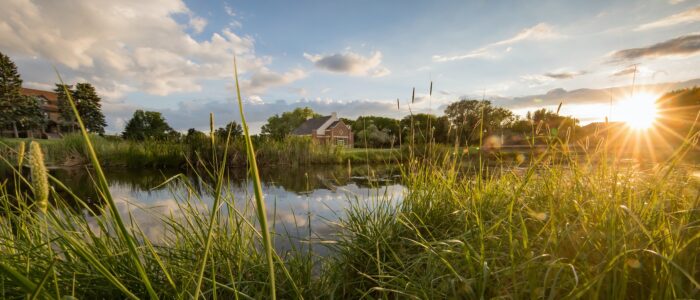
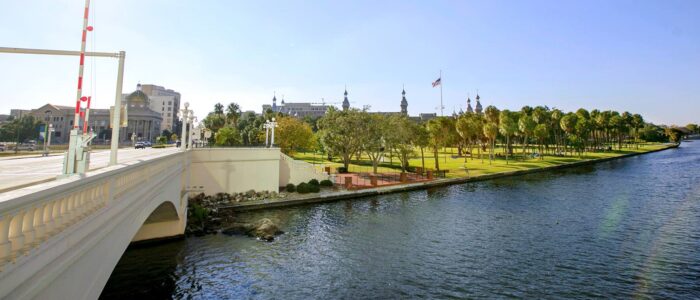

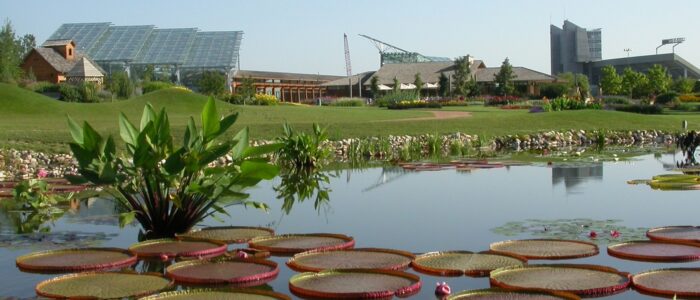
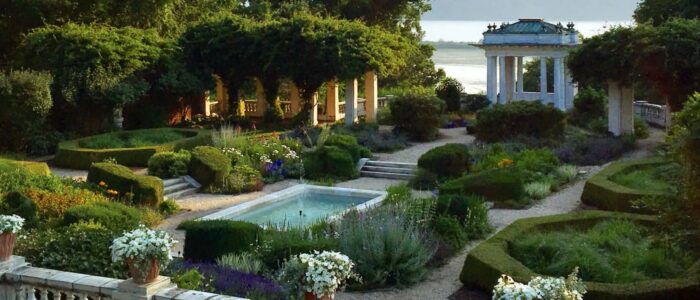
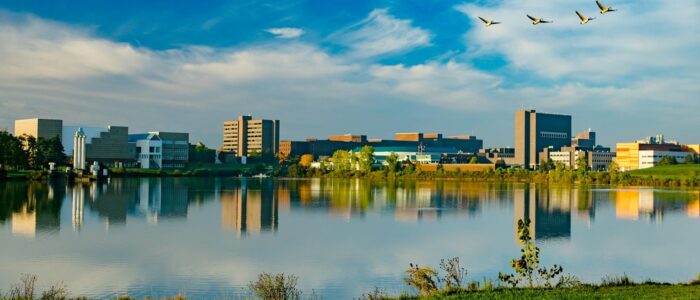
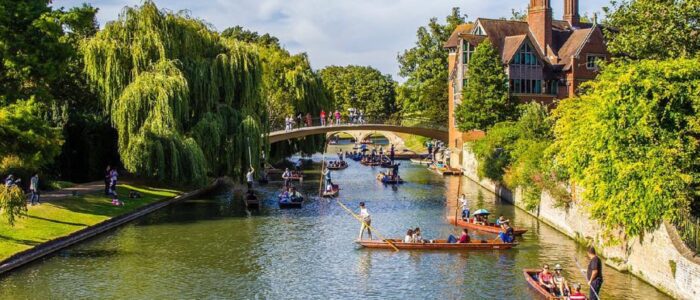
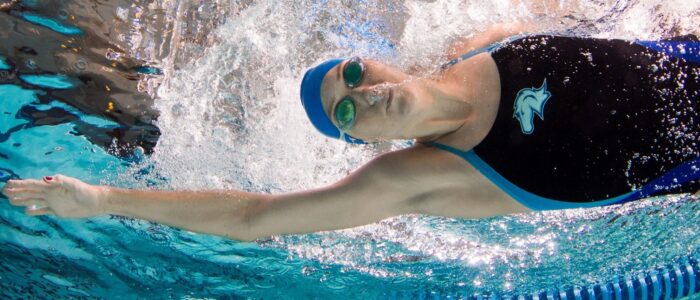


We find AWWA best practice literature heavily referenced in school district, college and university design guidelines and construction contracts. We do a status check of the AWWA suite every month during our Water teleconferences. See our CALENDAR for the next online meeting; open to everyone.
Issue: [11-57] [Various]
Category: Water, Plumbing, Mechanical
Colleagues: Mike Anthony, Ron George, Richard Robben, Steve Snyder, Larry Spielvogel
LEARN MORE:
Students & Young Professionals
#Backflow Incident:
A winery in a small town of Italy, backpressures 1,000 liters of wine into the water supply. The cause, a faulty valve.https://t.co/pFMIUSfwfp— USC Foundation (@USCFCCCHR) March 9, 2020
Legionellosis Risk Management
The human mind evolved to believe in the gods.
It did not evolve to believe in biology.
— E.O. Wilson
The American Society of Heating and Refrigeration Engineers publishes two Legionella-related standards:
ASHRAE 188: Legionellosis: Risk Management for Building Water Systems.
ASHRAE 12: Managing (Minimizing) the Risk of Legionellosis Associated With Building Water Systems (Maintained continuously)
Legionella risk is a domain rich in possibilities for lawsuits so we should not be surprised that best practice titles in the ASHRAE suite — and other standards bibliographies — go unstable with new findings. We encourage facility units in education communities to contribute data to technical committees and to participate directly. you may access titles open for public comment at the link below:
ASHRAE Public Review Draft Standards
ASHRAE runs one of the best public consultation facilities in the United States. Its titles appear in most of our daily colloquia; this one best practice titles are on the standing agendas of our Energy, Mechanical, Water 200/Water 400 and Risk colloquia. See our CALENDAR for the next online meeting; open to everyone.
Issue: 12-42
Category: Mechanical Engineering, Occupational Health & Safety, Water
Colleagues: Richard Robben, Ron George, Larry Spielvogel
Water 400
“A flood is nature’s way of telling you
that you live in the wrong place.”
— Some guy
Water standards make up a large catalog and it will take most of 2023 to untangle the titles, the topics, proposals, rebuttals and resolutions. When you read our claim that since 1993 we have created a new academic discipline we would present the best practice literature of the world’s water standards as just one example.
During the Water 200 session we reckon with best practices inside buildings. During the Water 400 session will run through water management outside buildings, including interface with regional water management systems.
Water safety and sustainability standards have been on the Standards Michigan agenda since the early 2000’s. Some of the concepts we have tracked over the years; and contributed data, comments and proposals to technical committees, are listed below:
Water 400
- University-Municipal piping system demarcation
- Decorative fountains.
- Backflow prevention/Cross-connect systems
- Security of district energy power plant and hospital water supply
- Electrical shock protection in pools, fountains, spas and waterfront recreational docking facilities
- Rainwater catchment
- Water in extreme weather events
- Flood abatement systems
- Water Re-use
- District energy water treatment
- Greywater
- NSF International Water Standards Portfolio
- Navigating Electrical Safety Through Marina Waters
Water 200
- Legionella mitigation
- Swimming pool water quality
- Fire protection sprinkler water availability and safety
– NFPA 70 Article 695 Fire Pumps - Building plumbing codes (ICC and IAPMO)
- Water Re-use
- Water heaters
- Food service steam tables
- Residence hall potable water systems
- Water use in emergency shower and eyewash installations
- Decorative fountains.
- Standard for the Inspection, Testing, and Maintenance of Water-Based Fire Protection Systems
Since 2016 we have tracked other water-related issues:
- Safe water in playgrounds
- National Seagrant College programs
- Guide to Infection Control in the Healthcare Setting
- Electrical safety around water (cooling towers, swimming pools, spas)
- ASTM Water Testing Standards
- ASTM Standard for Water Distribution
- Electricity and Water Conservation on College and University Campuses in Response to National Competitions among Dormitories: Quantifying Relationships between Behavior, Conservation Strategies and Psychological Metrics
Relevant federal legislation:
- Clean Water Act
- Drinking Water Requirements for States and Public Water Systems
- Resource Conservation and Recovery Act
- Safe Drinking Water Act
Send bella@standardsmichigan.com an email to request a more detailed advance agenda. To join the conversation use the login credentials at the upper right of our home page.
More
IAPMO Publishes U.S., Canadian Standard for Detection, Monitoring, Control of Plumbing Systems
"The Great Archimedes"
Baylor University Presshttps://t.co/jbaGIt5tqW@Baylor_Press@BaylorECS pic.twitter.com/4FbcZqLPrQ— Standards Michigan (@StandardsMich) August 4, 2020
Which Australian beaches are microplastic hot-spots? Research from Macquarie University’s AUSMAP project can help you to find low pollution beaches: https://t.co/JK43XMuAIL #microplastics #AustralianBeaches #plasticpollution @AUSMAP_AU pic.twitter.com/FZDgsAZ0Gz
— Macquarie University (@Macquarie_Uni) January 21, 2022
More
Solitude Lake Management for Universities and Colleges
Smart Energy
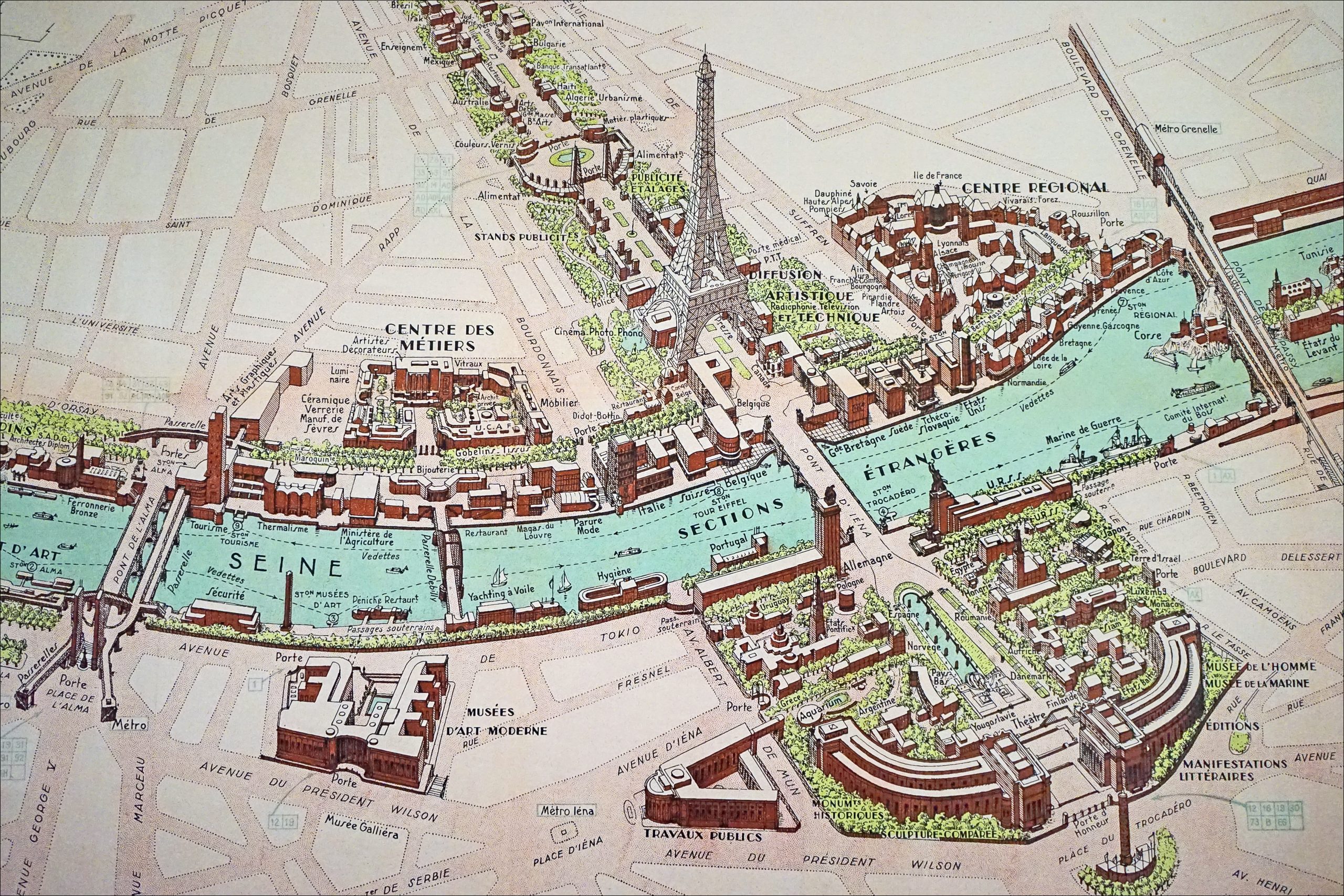
Exposition Internationale des Arts et Techniques dans la Vie Moderne / International Exposition of Art and Technology in Modern Life
We follow the administration of the the US National Committee of the International Electrotechnical Commission; a member of an international committee administered by the International Electrotechnical Commission developing global Smart Grid and Smart City concepts. Related developments happen in the following committees:
TC 8 System aspects of electrical energy supply
SC 8A Grid integration of Renewable Energy Generation
SC 8B Decentralized Electrical Energy Systems
TC 13 Electrical energy measurement and control
TC 21 Secondary cells and batteries
21/1166/CDV IEC 61427-2 ED2: Secondary cells and batteries for renewable energy storage – General requirements and methods of test – Part 2: On-grid applications | Close Date: 2023-06-16
SC 23K Electrical Energy Efficiency Products
TC 82 Solar photovoltaic energy systems
TC 120 Electrical Energy Storage Systems
TA 19 Environmental and energy aspects for multimedia systems and equipment
We limit our interest to electrotechnology interoperability issues that are present in education communities (rather than product related issues). We track coordinated action among the ISO/IEC/ITU:
ISO/IEC/ITU coordination – New work items (January 2023)
Note that there is what may appears to be a “competitor” standardization project at the ISO — TC 274 Lights and Lighting. There is enough coordination between the IEC and the ISO that we ignore the slight overlap for our purposes.
We also collaborate with other US-based and other international universities through several societies of the Institute of Electrical and Electronic Engineers (IEEE). The IEC also has several committees where leading practice is discovered and promulgated that influence electrotechnology research agendas in both the academic and business side of the education facility industry:
SyC Smart Cities: Electrotechnical aspects of Smart Cities
The ambitions of this batch of documents is to formalize the landscape of the emergent Smart City (and, accordingly, #SmartCampus) by doing the following:
- Providing the rationale for the market relevance of the future standards being produced in the parent IEC technical committee.
- Providing an indication of global or regional sales of products or services related to the TC/SC work and state the source of the data.
- Providing standards that will be significantly effective for assessing regulatory compliance.
In electrotechnology, a great deal of research is conducted in US colleges and universities — some of it funded by federal agencies; some by the corporate sector. Where appropriate we identify and highlight their research and findings — especially findings that will find a way into best practice literature that informs safety and sustainability in education communities. Many IEC titles are referenced in ISO, IET, IEEE and NFPA consensus products.
Take, for example, the Association of Medical Imaging and Electrical Equipment Manufacturers (NEMA) — the Administrator of the USNC /IEC Technical Advisory Group of the USNA/IEC — frequently releases material for US stakeholders to review. The USNA.IEC also publishes a quarterly newsletter:
There is a great deal of economic activity in this domain so we maintain our focus on the technical specifics presented in draft material. About 80 percent of the work involved in standards setting is administrative. Our focus has always been on the remaining 20 percent that involves a non-administrative skill set. Because of copyright restrictions on draft material — very common in the standards setting systems in many nations — we are mindful of releasing the full text of draft documents intended for public consultation only.
We do it this way out of necessity. There is no structured workspace provided by USNA/IEC at the moment; only emails with attachments among USNA/IEC members. Instead, we use a combination content management system hosted by the University of Michigan and the Institute of Electrical and Electronic Engineers. We coordinate our review of the state of energy sector literature here and with the IEEE Education & Healthcare Facilities Committee. All IEC products are on the standing agendas of our Energy, Power and Global colloquia. See our CALENDAR for the next online meeting; open to everyone.
Issue: [15-197]
Contact: Mike Anthony, Paul Green, Jim Harvey, Massimo Mittolo
Colleagues: Mahesh Illindala (Ohio State University), Giuseppe Parisi (Sapienza University of Roma), Loren Clark (University of Alberta). Jim Murphy (Lawrence Livermore Laboratory: University of California Berkeley), Brian Marchionini (NEMA), Paul Green (University of Michigan)
Category: Electrical, Telecommunications, Energy Management, #SmartCampus, Informatics, Information & Communications Technology
LEARN MORE:
The August eNewsletter is now available.
This issue discusses current and future practices being employed to ensure the safety of Smart Grids.https://t.co/o6Imn6grg9#IEEESG #CRAS #Safety pic.twitter.com/RBsVvya1bW— IEEE Smart Grid (@ieeesmartgrid) August 18, 2020
The @NEMAupdates Intelligence Portal pulls together targeted content from a wide variety of sources to keep Members apprised of the policy environment. Members can login here for more information: https://t.co/w0ublpgse0 pic.twitter.com/HoXaQsvycf
— NEMA (@NEMAupdates) July 29, 2020
Personal e-Transporters
“Trust only movement.
Life happens at the level of events, not of words.
Trust movement.”
— Alfred Adler
We track best practice concepts evolving in International Electrotechnical Commission committee (IEC TC 125 Personal e-Transporters) now setting the standard of care for a transport technology with a growing presence on college and university campuses. Students and faculty use PeTs to hasten movement between classes; maintenance staff uses them for exterior maintenance and landscaping. They are used by the general public on or within campus perimeters; particularly large research universities.
From the IEC TC 125 committee scope statement:
Standardization for use on the road or in the public space of electrically powered transport devices (i.e. no human (propulsion) power input) and where the speed control and/or the steering control is electrical/electronic.
This means, standardization in the field of personal e-Transporters, including :
-
- Safety and reliability (both electrical and functional)
- Protection against hazards (fire and explosion hazards, water ingress, …)
- Maintenance
- Docking stations for public use
- Recharging
- Recycling
Exclusions : Standardization of electrical bicycles, motorbikes, mopeds and cars are excluded from the scope because they are handled by other technical committees administered from Geneva:
– IEC TC 69
– ISO TC 149
– ISO TC 22
Standardization of PeTs for home use are excluded because they are handled by IEC TC 59 and TC 61
Much like PetTs technology itself, the TC 125 committee is relatively new; its founding document linked below:
Belgium is the Secretariat with 24 national committees on the project at the moment (CLICK HERE for TC 125 Membership). Stakeholders in the United States should contact ANSI’s US National Committee to the IEC (CLICK HERE)
We are on the receiving end of questions about best practice, standardization and regulatory solutions for this technology. We refer them to the IEEE Education & Healthcare Facilities Committee which meets 4 times monthly in European and American time zones and collaborates with the IEEE Intelligent Transportation Systems Society. We also set aside an hour per month to review the status of best practice literature for campus Mobility. See our CALENDAR for the next online meeting; open to everyone.
Issue: [19-200]
Category: Mobility, Electrical, Global
Colleagues: Mike Anthony, Jim Harvey
More
IEC e-tech | News & Views from the IEC
The Incubator: Innovating Standards Thinking
Tune in to our latest podcast ‘Building a global Quantum Industry: Explaining, Scaling and Standardising Quantum Technologies’ where experts draw upon quantum’s most exciting applications.https://t.co/dFun1MTkDE
— Standards Australia (@standardsaus) November 29, 2023
New update alert! The 2022 update to the Trademark Assignment Dataset is now available online. Find 1.29 million trademark assignments, involving 2.28 million unique trademark properties issued by the USPTO between March 1952 and January 2023: https://t.co/njrDAbSpwB pic.twitter.com/GkAXrHoQ9T
— USPTO (@uspto) July 13, 2023
Standards Michigan Group, LLC
2723 South State Street | Suite 150
Ann Arbor, MI 48104 USA
888-746-3670



























